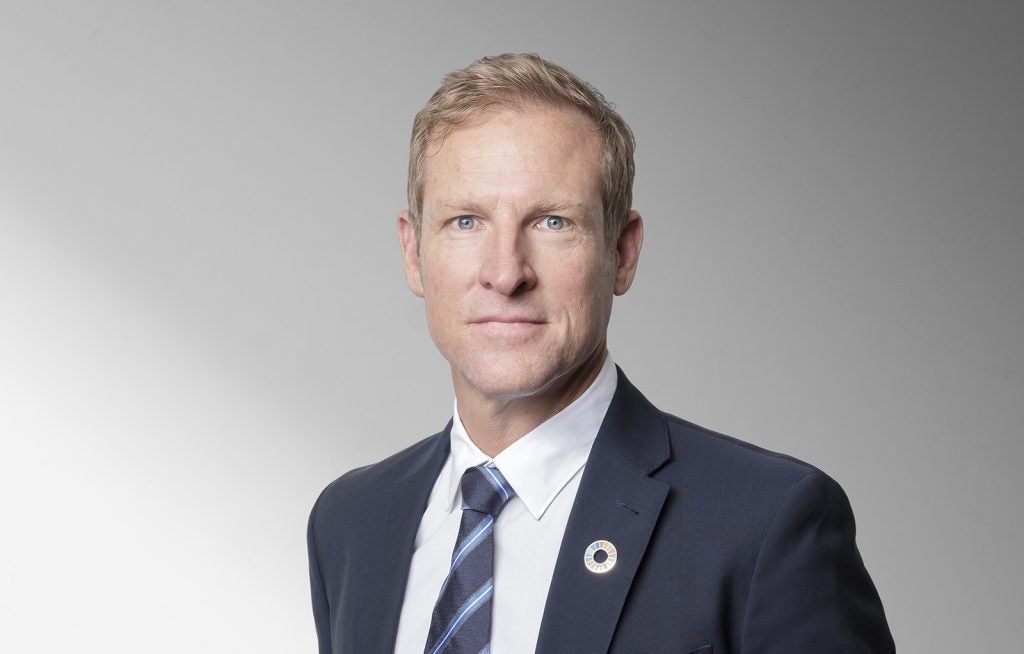2023 saw a sharp increase in reported greenwashing allegations, notably in the energy and finance markets. In many cases, these allegations resulted in formal legal proceedings and in some instances fines. Jon Duncan of REYL Intesa Sanpaolo writes
Tackling greenwashing in this way is a welcome sign of a healthy functioning market and should not be mistaken for evidence that the science of sustainability is a ‘woke leftie agenda’ to be rooted out of the ‘free market’. Dismissing sustainability risks on this basis is a classic case of throwing the proverbial scientific baby out with the bathwater.
Our current global understanding of sustainability issues is well supported by a diverse set of international academic institutions focusing on complex system science. Supporting the development of this collective understanding is the rapid growth of real-time geospatial monitoring of water, air, soil, pollution, and biodiversity metrics along with a step change in both computing and processing power. This fast-growing set of satellite and real time monitoring technologies provides a strong evidence-based view of the emergent system risks facing the planet. While there is growing consensus amongst global scientific bodies that sustainability risks are material, there is also a growing political divide about the solutions.
Within the USA, there are several politicians pushing ‘anti-ESG’ rhetoric, while in the EU there is political push-back on the green economy and decarbonisation plans, which some say clash with national labour and economic self-interests. As the broad topic of sustainability becomes increasingly politicised, what has become clearer is that ’greenwashing’ is simply ‘evidence’ of the persistent market tendency to mis-sell products, and on this point, ‘green finance’ is no exception.

Managing expectations – ‘Direct’ versus ‘Indirect’ impact
Further evidence of the maturing world of sustainable finance is the growing appreciation of the difference between direct and in-direct impact. In simple terms publicly traded, liquid securities mostly offer in-direct impact, achieved via exposure to companies with lower levels of operational ESG risks and/or enhanced exposure to “green revenues”. Direct impact, on the other hand, is best achieved through exposure to private market assets, e.g. private equity investment in an alternative protein business, or private debt allocation to renewable infrastructure or affordable housing. Achieving direct impact via the liquid public markets is currently limited to ‘green/sustainable bonds’ and select niche equity strategies.
Ticket size and liquidity concerns have historically resulted in the private markets being under-represented in wealth portfolios. Average portfolio exposure across various global wealth markets ranges from 8% and 12%, with real estate being the favoured private market ‘alternative’. For comparison, the 2023 BlackRock Global Private Markets Survey indicates that global institutional investors have an average 24% allocation to private markets. Harvard Endowment is famous for its pioneering large scale, long-term allocation to private markets, with a current 39% allocation to private equity alone. Within the family office and high net worth investor community, there is a growing appetite for private market assets, driven by diversification benefits, as well as a growing recognition that this asset class provides direct access to the emerging green economy opportunity set.

US Tariffs are shifting - will you react or anticipate?
Don’t let policy changes catch you off guard. Stay proactive with real-time data and expert analysis.
By GlobalDataGrowing demand drives innovation for access to private markets
In recognition of this growing demand from the Wealth market, several platforms, such as Moonfare and I-Capital, have emerged offering digital access to private market assets. Most of these platforms provide access to opportunities that have been through institutional level due diligence, have transparent pricing/valuations, allow for digital onboarding/reporting and importantly, allow for reduced ticket sizes.
From an impact perspective, it is encouraging to see that these digital platforms naturally reflect the emergent business opportunities associated with low-carbon, resource-efficient and socially inclusive outcomes, i.e. automated soil carbon reporting, plastic waste recycling, or micro off-grid energy companies. This technology-enabled alignment between long-term private capital, private market assets, and green economic growth opportunities is a positive trend for the world of sustainable finance in general, and for HNW/Wealth investors in particular.
Jon Duncan is chief impact officer at REYl Intesa Sanpaolo








